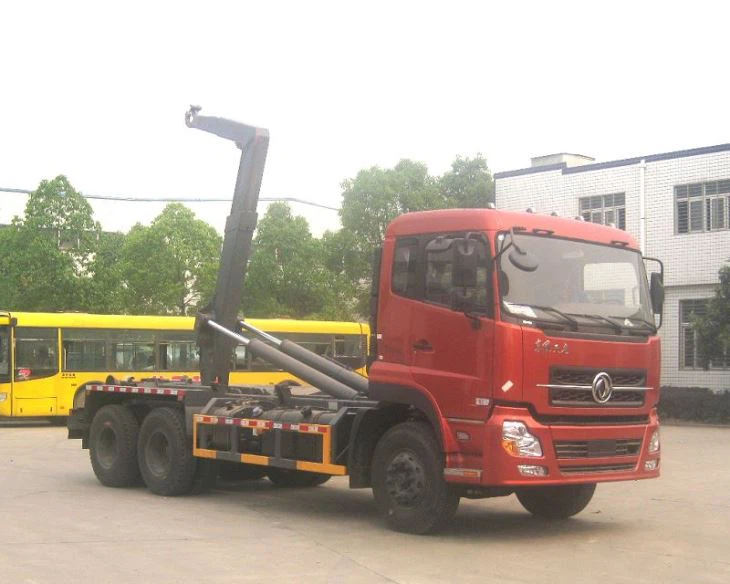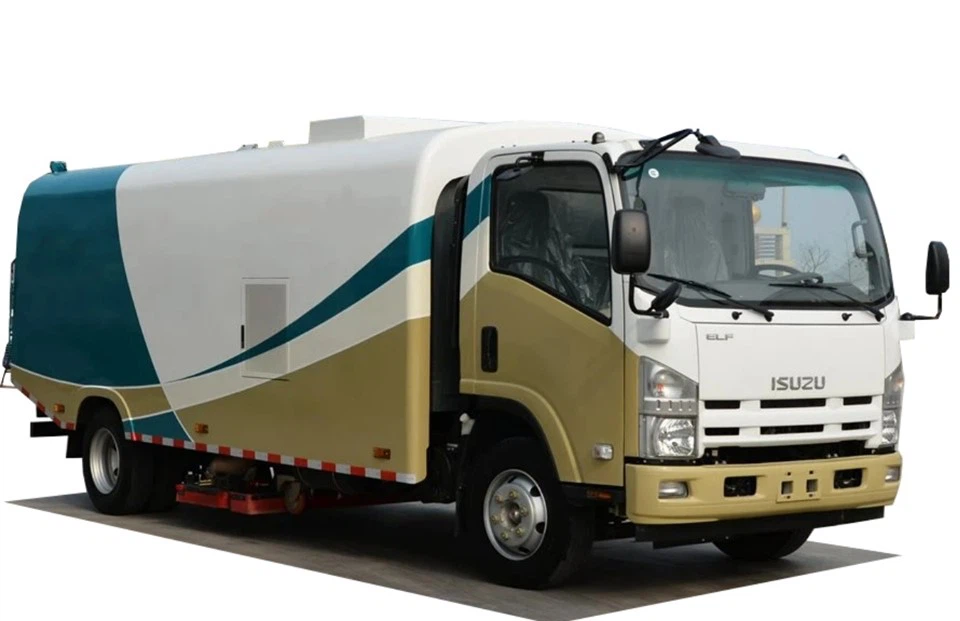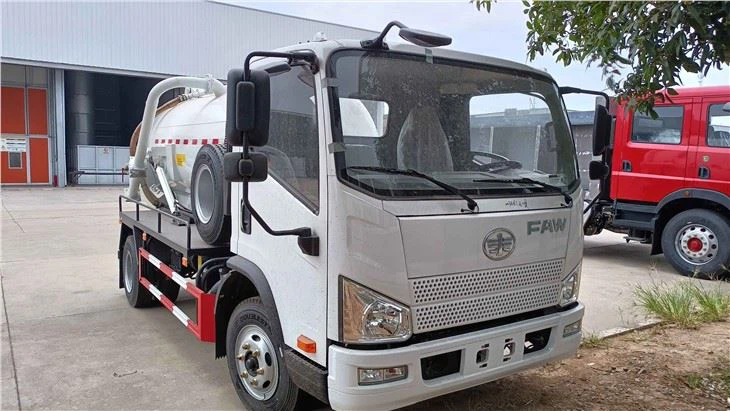Truck LPG: The Future of Sustainable Transportation

Introduction
In recent years, there has been a significant shift toward more sustainable fuel options in the transportation industry. One such alternative is liquefied petroleum gas (LPG), which is increasingly being adopted in truck fleets around the world. This article explores the multitude of benefits, practical applications, and important considerations related to truck LPG, providing a comprehensive guide for fleet operators, logistics companies, and environmentally-conscious drivers.
What is Truck LPG?
Truck LPG refers to the use of liquefied petroleum gas as a fuel source for trucks. LPG is a byproduct of natural gas processing and petroleum refining. It is composed mainly of propane and butane and can be stored in liquid form under pressure. This section will delve into the definition, composition, and advantages of using LPG in trucks.
Definition and Composition
LPG is a clean-burning fossil fuel that, when combusted, produces significantly lower emissions compared to traditional gasoline and diesel fuels. The main components of LPG are:
- Propane
- Butane
These components contribute to LPG’s efficiency and performance as a fuel source, especially in commercial truck applications.
Advantages of Using Truck LPG
Switching to LPG for truck fuel comes with various benefits:

- Environmentally Friendly: LPG emits lower levels of carbon dioxide and other harmful pollutants compared to gasoline and diesel.
- Cost-Effective: The cost of LPG is generally lower than that of diesel fuel, leading to reduced operational costs for trucking companies.
- Performance: Trucks running on LPG often exhibit comparable power and performance to those using traditional fuels.
- Follow Regulatory Standards: Transitioning to LPG can help companies comply with stringent emissions regulations.
How Truck LPG Works
Understanding how LPG functions in a truck is essential for fleet management and maintenance. This section will examine the components of an LPG-powered truck and the mechanics behind their operation.
LPG Systems in Trucks
Trucks using LPG are equipped with specific conversion kits that enable them to run on LPG fuel. Key components of an LPG system include:
- LPG Tank: This is where the liquefied gas is stored under pressure.
- Fuel Lines: Specialized lines transport the LPG from the tank to the engine.
- Regulator: It converts the LPG from liquid to gas, allowing it to be mixed with air for combustion.
- Injector System: Injectors deliver the gas into the engine’s combustion chamber.
Fuel Combustion Process
The combustion process in LPG-powered trucks is similar to gasoline engines but requires modified settings for optimal performance:
- LPG vaporizes as it exits the tank.
- The gaseous LPG mixes with air in the engine’s intake manifold.
- The mixture is ignited by the spark plugs, creating power to drive the vehicle.
Conversion of Diesel Trucks to LPG
Many existing diesel trucks can be converted to run on LPG, which can be an attractive option for fleet operators looking to reduce costs and emissions. Here’s a quick overview of the conversion process.
Steps to Convert a Diesel Truck to LPG
Below are the essential steps involved in converting a diesel truck to use LPG:
- Assessment: Analyze the truck’s engine and overall health.
- Selection of Conversion Kit: Choose a compatible LPG conversion kit designed for your truck model.
- Installation: Have a certified technician install the kit, including the LPG tank and associated components.
- Testing: Conduct thorough tests to ensure the system works efficiently and safely.
Cost Considerations
The cost of converting a diesel truck to LPG can vary significantly based on the truck’s size and the specific components required. On average, conversion costs can range from $4,000 to $12,000. However, the savings on fuel and potential government incentives may quickly offset these expenses.

Environmental Impact of Truck LPG
The transition to LPG in the trucking industry is driven not only by economic considerations but also by significant environmental benefits. This section explores the reduction in greenhouse gas emissions and overall environmental footprint of using LPG.
Greenhouse Gas Emission Reduction
Studies show that LPG-powered vehicles emit up to 40% less carbon dioxide than their diesel counterparts. The following table summarizes the emissions comparison:
| Type of Emission | Diesel (g CO2/km) | LPG (g CO2/km) |
|---|---|---|
| CO2 | 250 | 150 |
| Nitrogen Oxides (NOx) | 1.00 | 0.30 |
| Particulate Matter (PM) | 0.05 | 0.01 |
Regulatory Compliance and Incentives
Many governments have implemented regulations to reduce emissions from trucking fleets. In several regions, switching to LPG may bring financial incentives, tax credits, or rebates. It’s essential for fleet managers to be aware of local regulations and potential benefits.
Practical Applications of Truck LPG
LPG has numerous practical applications within the trucking sector. From logistics companies to food transportation, the benefits are diverse. This section highlights various ways LPG is being utilized.
Logistics and Freight Transportation
Logistics companies often have large fleets that travel significant distances. Many are migrating to LPG to reduce fuel costs and emissions while maintaining performance levels.
Food and Beverage Transportation
Food transportation requires strict adherence to cleanliness and emissions standards. LPG-powered trucks can ensure compliance while providing the necessary power for efficient deliveries.
Construction and Heavy-Duty Applications
Construction companies are increasingly using LPG-powered trucks for heavy-duty applications, benefiting from lower fuel costs and environmental advantages.
Challenges of LPG Adoption in Trucking
While the benefits of LPG are substantial, some challenges can deter adoption. This section discusses these barriers and potential solutions.
Availability and Infrastructure
One of the primary challenges is the availability of LPG refueling stations, especially in rural areas. Fleet operators must plan routes carefully to ensure access to fuel.
Initial Costs and ROI
The initial investment for converting or purchasing an LPG truck can be significant. Fleet owners should conduct a thorough cost-benefit analysis to calculate the return on investment over time.
Technical Knowledge and Training
Technicians must be trained to service LPG systems adequately. Investments in training can ensure that maintenance is handled properly, reducing downtime and improving safety.
Tips for Choosing Truck LPG
Here are some practical tips for fleet operators considering switching to LPG:
Conduct Comprehensive Research
Investigate various LPG suppliers and conversion kit manufacturers. Evaluate quality, support, and warranty options.
Analyze Total Costs
Factor in not only conversion costs but also ongoing fuel savings, maintenance, and any potential government incentives.
Consult with Experts
Engage with logistics and fuel experts who can provide insights into the best practices for transitioning to LPG.
Frequently Asked Questions (FAQ)
1. What are the main benefits of using LPG in trucks?
The main benefits include lower fuel costs, reduced emissions, and compatibility with existing diesel trucks through conversion kits.
2. How much can I save by switching to LPG?
On average, fleets can save up to 30% on fuel costs when switching from diesel to LPG, depending on market prices.
3. Is it safe to use LPG in trucks?
Yes, when installed and maintained correctly, LPG is considered safe. It has a high safety record in both commercial and residential applications.
4. Where can I find LPG refueling stations?
LPG refueling stations are increasingly appearing in urban areas. Fleet operators can use online resources or apps to locate nearby stations.

5. Can all trucks be converted to LPG?
Most diesel trucks can be converted to LPG, but it is essential to consult with a certified mechanic to assess compatibility.
6. What incentives are available for switching to LPG?
Many governments offer financial incentives, tax breaks, and grants for businesses that switch to cleaner fuels like LPG. It’s advisable to check local regulations for specifics.
